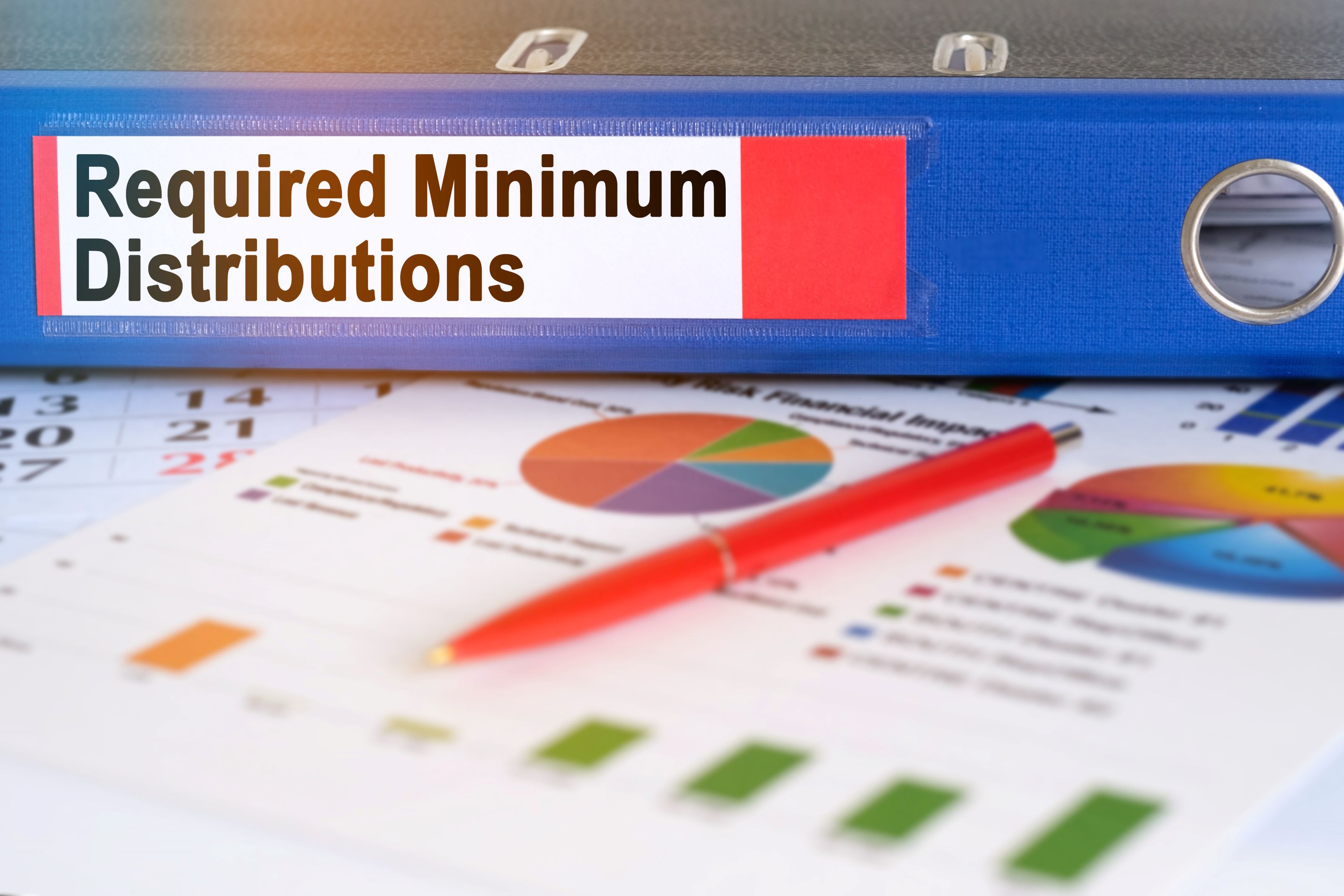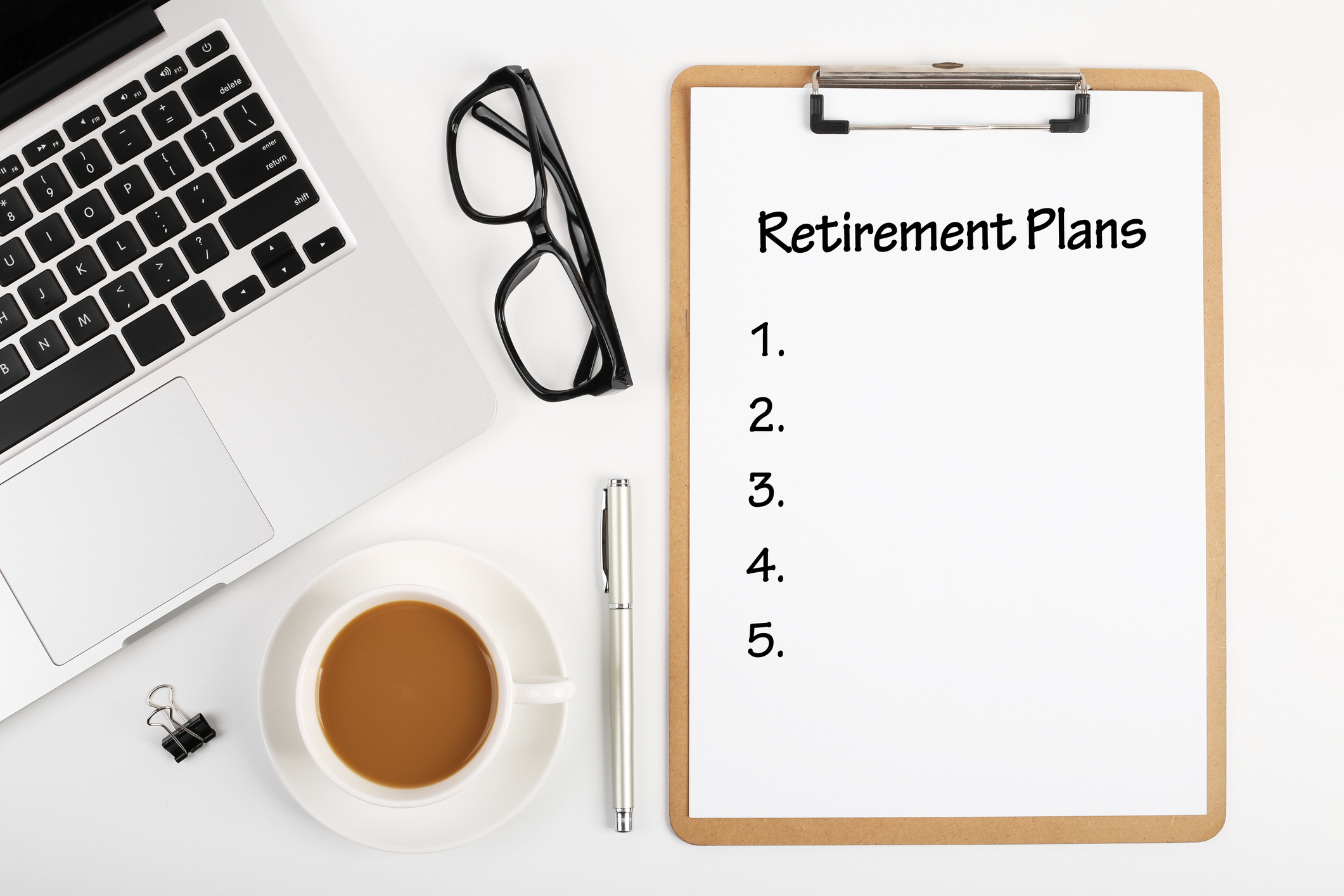2 Essential Strategies for Taking Your RMDs
Whether you need to take required minimum distributions to live or find them to be a nuisance, here are some tips to make the most of withdrawing these funds.

Depending on how much you need required minimum distributions to live on, these forced withdrawals from traditional retirement savings accounts, such as 401(k)s and IRAs, are either essential income or a complete nuisance. Lately, Uncle Sam has been giving retirees a reprieve from taking RMDs, first by raising the age that you must take them (from 70½ at the end of 2019 to 72 as of last year) and then waiving them altogether for 2020.
Now that RMDs are back, don't let a lump sum of cash at the beginning or end of the year be your default for how and when to take the money. Instead, investment markets and your need for income should be your guide. Even that requires planning because you should "never have to sell assets in a declining market" to take an RMD, says Howard Hook, a principal and senior wealth adviser with EKS Associates in Princeton, N.J.
You can take an RMD anytime during the year, in installments or as a lump sum, with Dec. 31 as the annual deadline. First timers have longer -- until April 1 of the year following their 72nd birthday. An RMD is determined by dividing the account balance on Dec. 31 of the preceding year by the individual's life expectancy factor, which is based on age and can be found in the IRS's Uniform Lifetime Table (IRS Publication 590B, Table III).
From just $107.88 $24.99 for Kiplinger Personal Finance
Become a smarter, better informed investor. Subscribe from just $107.88 $24.99, plus get up to 4 Special Issues

Sign up for Kiplinger’s Free Newsletters
Profit and prosper with the best of expert advice on investing, taxes, retirement, personal finance and more - straight to your e-mail.
Profit and prosper with the best of expert advice - straight to your e-mail.
Distributions will be bigger in 2021 and that's not just because of the stock market's vigorous performance in 2020 or the extra year you had for the money to grow. It's the way the accounts are designed, with RMDs becoming a larger percentage over time. "You're going to go from the distribution being a small percentage of the account to one day it being the whole account and depleting it," says Taylor Hammons, head of retirement plans for Kestra Financial in Austin, Texas. These were never meant to be legacy accounts, he says. "The sole purpose of the RMD was to force retirees to take that money and pay income taxes."
The Case for Installments
For some retirees, there's nothing forced about it; they need the money to live on. But managing a chunk of cash is hard to do. A better way is to take the money at regular intervals so that it simulates a paycheck. "We set up a distribution once a month and sometimes twice a month," says Hook. "Psychologically, people do better with that because it's what they're used to." An IRA custodian can help you do this.
Distributions that are deposited regularly also provide a framework for knowing how much you have to live on so that you don't overspend. "It helps people realize what their monthly budget is," Hammons says.
Taking the money in installments throughout the year also has advantages for retirees who don't need the income. "It does ensure that you're never going to sell at the wrong time," Hammons says. Think of it as dollar-cost averaging in reverse. Dollar-cost averaging is the strategy of investing equal amounts at regular intervals to minimize buying into the market at the worst possible time -- at its peak and right before a sharp drop. Selling assets at regular intervals operates on a similar principle so that you're never liquidating assets for the entire distribution at the market's lowest point of the year. The strategy works particularly well if you're reinvesting that money in a taxable account, Hammons says. "If someone is taking distributions monthly or quarterly, it gives them the benefit of reinvesting it with dollarcost averaging."
There's a downside if you don't reinvest the money and the market continues to fall. "Dollar-cost averaging in reverse, particularly in a declining market, is a losing proposition," says Bob Foland, a financial adviser with The IRA Specialists in Centennial, Colo. "You're required to sell more shares at a lower price if the market is falling. The more shares you sell, the less engine you have to drive growth when the market turns around."
Foland prefers striking while the iron is hot. "I'm in favor of getting it while it's good," he says. "The time to sell is when you're making money, not when the account value is down." Although he supports setting up the distribution as regular deposits to mimic a paycheck, he prefers that the money come from a cash bucket, not by selling assets throughout the year.
The Case for a Cash Bucket
In fact, whether you take the RMD throughout the year or all at once, financial planners suggest keeping a cash bucket in your retirement account to cover the distribution. Hammons suggests having at least the equivalent of this year's RMD in cash. Foland tells his clients to hold two years of withdrawals in cash and Hook recommends three. "The average top-to-bottom in a bear market is 18 months," says Hook, who adds another 18 months for the market to come back.
The cash portion can be stored in certificates of deposit, money market accounts or short-term bond funds and replenished as your retirement savings are rebalanced, whether quarterly, semi-annually or annually. When you rebalance a portfolio, you capture the gains from your highflyers and reinvest the proceeds in the laggards to maintain your portfolio's predetermined allocations. The cash is part of the portfolio's income allocation, Hammons says. For example, if your portfolio has a 60/40 split of equity to income and 10% is your cash bucket, the allocation is really 60% stock, 30% bonds and 10% cash, he says.
A cash bucket also solves a problem that many lump sum takers run into if they wait until the end of the year for the distribution. In a rising market, taking the RMD as late as possible gives you an extra year of taxdeferred growth, but if your investments drop sharply in December, you're boxed in. Without a cash bucket, you may be forced to sell something at a loss.
Retirees in that predicament who don't need the income have an alternative. "They can take the distribution in-kind," Hammons says. Transferring the shares in-kind out of an IRA to a taxable account is another way to satisfy the distribution. As with any RMD, the value of the transferred shares is still taxed as income.
To avoid taxes on an unwanted RMD, nothing beats a qualified charitable distribution, Hook says. People age 70½ and older can transfer up to $100,000 directly to charity in the form of a QCD each year tax-free.
Profit and prosper with the best of Kiplinger's advice on investing, taxes, retirement, personal finance and much more. Delivered daily. Enter your email in the box and click Sign Me Up.
Siskos is an old hat with the Kiplinger brand. More than a decade ago, she spent eight years writing about personal finance for Kiplinger's Personal Finance magazine, including a monthly column—Starting Out—that served young adults. That was in her salad days. Now she's turned her attention to an audience she hopes to join in a decade or so: retirees. Siskos is the managing editor for Kiplinger's Retirement Report. In between, she broadened her personal-finance repertoire with real estate and investing stories at Old-House Journal, Investing Daily and U.S. News. She comes to Kiplinger by way of the Newseum, where she worked as an exhibit editor.
-
 Forget FIRE: Why ‘FILE’ Is the Smarter Move for Child-Free DINKs
Forget FIRE: Why ‘FILE’ Is the Smarter Move for Child-Free DINKsHow shifting from "Retiring Early" to "Living Early" allows child-free adults to enjoy their wealth while they’re still young enough to use it.
-
 7 Tax Blunders to Avoid in Your First Year of Retirement
7 Tax Blunders to Avoid in Your First Year of RetirementA business-as-usual approach to taxes in the first year of retirement can lead to silly trip-ups that erode your nest egg. Here are seven common goofs to avoid.
-
 How to Plan for Social Security in 2026's Changing Landscape
How to Plan for Social Security in 2026's Changing LandscapeNot understanding how the upcoming changes in 2026 might affect you could put your financial security in retirement at risk. This is what you need to know.
-
 10 Retirement Tax Plan Moves to Make Before December 31
10 Retirement Tax Plan Moves to Make Before December 31Retirement Taxes Proactively reviewing your health coverage, RMDs and IRAs can lower retirement taxes in 2025 and 2026. Here’s how.
-
 The Rubber Duck Rule of Retirement Tax Planning
The Rubber Duck Rule of Retirement Tax PlanningRetirement Taxes How can you identify gaps and hidden assumptions in your tax plan for retirement? The solution may be stranger than you think.
-
 What Does Medicare Not Cover? Eight Things You Should Know
What Does Medicare Not Cover? Eight Things You Should KnowMedicare Part A and Part B leave gaps in your healthcare coverage. But Medicare Advantage has problems, too.
-
 457 Plan Contribution Limits for 2026
457 Plan Contribution Limits for 2026Retirement plans There are higher 457 plan contribution limits in 2026. That's good news for state and local government employees.
-
 Estate Planning Checklist: 13 Smart Moves
Estate Planning Checklist: 13 Smart Movesretirement Follow this estate planning checklist for you (and your heirs) to hold on to more of your hard-earned money.
-
 Medicare Basics: 12 Things You Need to Know
Medicare Basics: 12 Things You Need to KnowMedicare There's Medicare Part A, Part B, Part D, Medigap plans, Medicare Advantage plans and so on. We sort out the confusion about signing up for Medicare — and much more.
-
 The Seven Worst Assets to Leave Your Kids or Grandkids
The Seven Worst Assets to Leave Your Kids or Grandkidsinheritance Leaving these assets to your loved ones may be more trouble than it’s worth. Here's how to avoid adding to their grief after you're gone.
-
 SEP IRA Contribution Limits for 2026
SEP IRA Contribution Limits for 2026SEP IRA A good option for small business owners, SEP IRAs allow individual annual contributions of as much as $70,000 in 2025, and up to $72,000 in 2026.